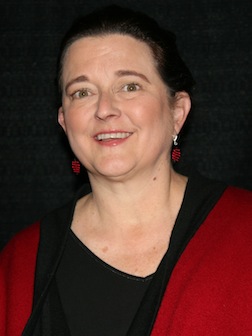In her nearly 30 years of teaching children’s literature at Vanderbilt, Ann Neely has developed a keen sense of what makes a successful children’s book.

Neely, associate professor of the practice of education at Peabody College, is frequently called upon by publishers to review new children’s books entering the market, as well as by friends and former students for insight on what the next classic storybook might be.
So in 2010, she started Neely’s News, a blog for children’s literature enthusiasts devoted to reviewing titles both old and new. Students from her Peabody classes serve as contributors.
The blog is an excellent source for parents wanting to add a new book to their child’s home library or for relatives and friends wishing to purchase a memorable gift. The blog is organized by categories such as age group and genre.
Neely’s trained eye notices a great deal more than the story on the page, and she teaches her students to look critically as well.
“I look at where the page is turning,” she said. “I look to see if the illustrations are appealing and have a nice balance on the page – if they invite discussion between the child and adult reader.
“I even look at the illustrations on the end pages to see if they spark imagination,” she said. “I want children to study it all.”
Picture books are often a child’s first introduction to good art, Neely said. Familiar or oft-read stories have the ability to soothe and provide security. And they can serve as a child’s mirror on his or her own humanity, as well as a window on the world.
The key to selecting a good children’s book for your child, Neely said, is to know your child – his or her personality, sense of humor and ability to handle certain themes. But the most important thing is simply to give your child plenty of exposure to the written word.
“Research shows us that children entering kindergarten who come from literacy-rich homes have been read to over 5,000 more hours than children from literacy-poor homes,” she said. “That’s a deficit that we can’t make up in schools.
“The more opportunities a child has to be surrounded by adult readers – be they parents, teachers, neighbors, aunts, uncles, grandparents or friends – the stronger our communities will be.”
Check out Neely’s News at http://neelysnews.wordpress.com.